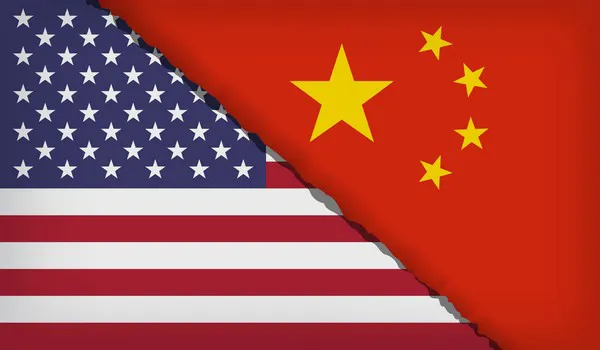In January of this year, the United States and China signed an agreement with the aim of easing the trade war that had been raging between the two countries. The trade war brought with it a series of retaliatory tariffs, which caused a strain on the trade between the countries. In the agreement, China committed to purchases from the United States, but, as Mark Powers of the Northwest Horticultural Council points out, the deal was silent on the retaliatory tariffs.
Powers says: “It is very uncertain right now what the situation is in China and the details are of the phase one agreement – on the purchase side it remains to be seen how China will honor its commitment. Will they be cutting tariffs, will there be some sort of incentive for purchases? There have to be some changes in the current environment facing US products for the deal to be beneficial.”
China has recently announced an exclusion process for a number of products, and the exclusion declaration system will begin accepting applications from March 2nd, 2020. But the details surround this process are still unclear.

Impacts of the trade war on US apples
Toni Lynn Adams from the Washington Apple Commission says: “Washington represents 95% of all U.S. apple exports, and about one-third of Washington’s fresh crop is exported annually. This comes out to approximately 39 million boxes of 40 lbs, to over 60 markets worldwide. On average, China is ranked as the 6th largest export market for Washington apples, with approximately 1 million boxes shipped each year – this comes out to equal about 2-3% of Washington’s total export volume.”
While the trade war raged, the apple exports to China were definitely affected. “A reduction in export shipments was observed last season when Washington was subject to retaliatory tariffs in three major markets: Mexico, India and China. The total export for the season dropped by 30% . China specifically decreased by 22% from the 2017-18 season. It is important to note that there was also a smaller crop volume in the 18-19 season compared to the 2017-18 season, which makes measuring the impact of the tariffs difficult since a reduced total crop volume will naturally result in reduced export volume,” Adams says.
Much uncertainty remains
The trade deal between China and the United States outlined a commitment to purchases, but it didn’t specify details surrounding how these purchases would be completed. At the beginning of this month, Powers said: “When the deal was signed in January, the expectation was that China would release these details before the agreement went into effect. But now, with the coronavirus having become such an important issue, the government has made that its primary focus. This has left a lot of uncertainty surrounding the deal.”
The issue has since escalated even further, and imports and exports coming out of China have been heavily impacted. Powers says: “The situation has gotten worse, not better. The southern hemisphere shipments to China have been significantly impacted, and the shippers here in the Pacific Northwest have felt the impacts too. They’ve had a tough road with the retaliatory tariffs, and now it’s becoming really difficult to ship product over there and it’s unclear how much longer it’ll last.”
Another issue is that of a possible shortage of reefer containers, which is something that multiple countries have expressed their concerns about. “The container issue is something that could impact the trade beyond China if we do see a shortage,” says Powers.
Powers added: “The agreement, as far as we can tell, was silent on tariff-rate eliminations or any of those details. There’s an agreement overall on the level of purchases, to which China committed. We’re certainly pleased that there’s a détente at least: there’s a cessation to the escalation of the tariff rates, but what that means remains to be seen, commercially. But the deal was left open for China to decide how they will honor their commitment, so this remains to be seen. The impacts of the virus so far have had significant impacts this month, and these impacts will most likely last at least into next month too.”
The retaliatory actions drove the tariffs for the US apples up to 60%. “This is insurmountable in many cases, if we wanted to increase sales,” Powers says.
While much uncertainty remains, the agreement was a step towards improved trade relations between the two nations. “China is always an important focus, as the Chinese consumer values premium products like high quality apples. That being said, steps forward with an agreement between the two countries is a hopeful sign for positive trade relations in the future, which will be beneficial for an export-heavy industry,” Adams concludes.
For more information:
Mark Powers
Northwest Horticultural Council
Tel: +1 (509) 453-3193
Email: powers@nwhort.org
www.nwhort.org
Toni Lynn Adams 
Washington Apple Commission
Tel: +1 (509) 663-9600 ext. 234
Email: tonilynn.adams@waaple.org
www.bestapples.com
